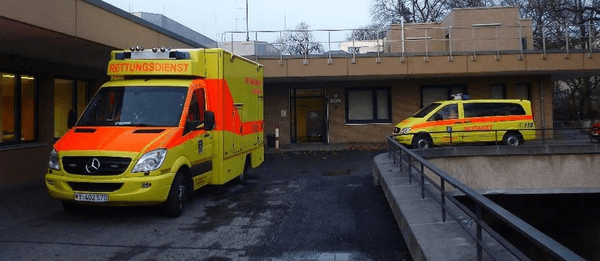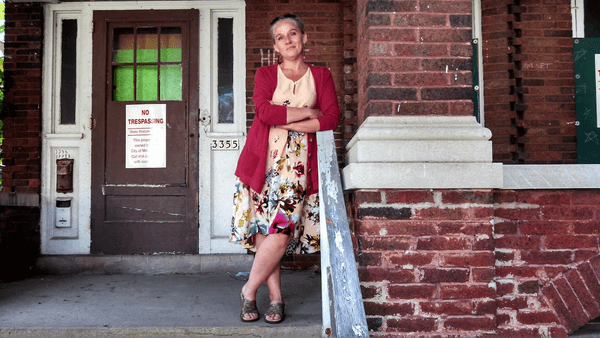Size and population development
With approximately 2 million inhabitants, the capital city of Quito is the second biggest city of Ecuador, after the coastal city Guayaquil. Its metropolitan district (MDQ) has approximately 2.7 million inhabitants. The MDQ extends 4,183 square kilometres, with a very low population density in comparison to other Metropolitan capitals of Latin American.
Population composition
The province of Pichicha, in which Quito is located, is home to around 140,000 indigenous people. The largest ethnic group identified by Ecuador’s national census are mestizo, a classification originating in the colonisation of the Americas. It refers to the children of criollos (Latin Americans of Spanish origin) and indigenous, although the term now simply means mixed ethnicity. This group makes up 80 percent of the population. The remainder is divided into various groups, the most significant being indigenous, largely speakers of Quechua; Afro-Ecuadorians, the dependents of slaves; and a small white population. There is also an immigrant population, with around 2% of the populous speaking a language other than Spanish or Quechua;
Main functions
San Francisco de Quito is the capital of the Province of Pichincha, and moreover the capital of Ecuador. Known simply as “Quito”, it is the second most elevated capital city in South America after La Paz, Bolivia, which stands at 2,580 meters above sea level and sits amid mountains and deep valley in the eastern Andes. The city is crossed by four tectonic faults, 192 ravines and is surrounded by 20 volcanoes, of which three are active. The Metropolitan District of Quito is 55% vegetation and is a recognized bio-diversity hotspot (Tumes-Choco-Magdalena). Moreover, Quito is known as a cultural capital, with its historic centre being a UNESCO World Cultural Heritage site since 1978 because of its status as one of the least-altered and best-preserved central districts in the American continent. In recent years, there has been a noticeable influx of Venezuelan migrants who have fled their country due to internal struggles, and it has become a challenge not only to Quito but to the whole of Ecuador to manage their arrival, which amounts to hundreds of thousands. Ecuador has long been Latin America’s largest recipient of refugees, with the majority fleeting violence and repression in Colombia.
Main industries / business
Quito provides the highest percentage of Ecuador’s GDP. The main industries of Quito belong to three sectors: First, the city exports coffee, cacao, sugar, palm oil, textiles and bananas (Ecuador is the world’s largest exporter of bananas). Second, it is a popular tourist destination. In 2015, approximately 1.5 million international tourists visited the capital, largely from Colombia, United States of American and Perú. Tourism in the city is largely directed to places of Catholic heritage (churches, sculptures, etc.), museums, and to textile industry and night life scenes. Third, Quito is home to many big national and multinational companies, such as the nation’s biggest corporation Petroecuador. The city is the hub of the nation’s automotive industry and the headquarters of TAME, Ecuador’s national airline. According to Ecuador’s Central Bank, Quito receives significant remittance funds from the one million plus Ecuadorians living abroad.
Sources for city budget
Quito has a high rate of tax collection when compared to other capital cities in South America, with a 12% sales tax, a 22% corporate tax rate, and a progressive personal income tax rate that sites around 35%. The province which houses Quito has two types of budget, one designed according to the needs of the province, the Preassigned Budget of Income, and the second being used to fund the institutions, programs and prioritized projects, and it is paid for with federal funding.
Political structure
Quito is the capital of Ecuador, of the Province of Pichincha and the seat of the MDQ canton. It is governed by the Metropolitan Council made up of 21 council members. The front man of the council is the Mayor, who is both mayor of the Quito seat and of the Metropolitan District. The council is tasked with promoting the city, ensuring public services, tax collection, public and private transport regulation, and city development planning.
Administrative structure
Ecuador is a country that for administrative purposes is divided into provincias (provinces), cantones (cantons), and political parishes. Quito belongs in the Pichincha province, and in its form of Metropolitan District of Quito it is a canton. Quito, in its most local definition—equivalent to a parish—is the seat (centre) of the MDQ canton. The canton is made up of 55 parishes, and the urban parishes are what is known as Quito. The administration of all the parishes is handled by 9 administrative zones. In each of these, there is a council person assigned by the mayor of Quito in charge of managing the parishes within the zone. These zones were created to decentralize institutional arrangements and to manage civil participation.
Website
http://www.quito.gob.ec/



